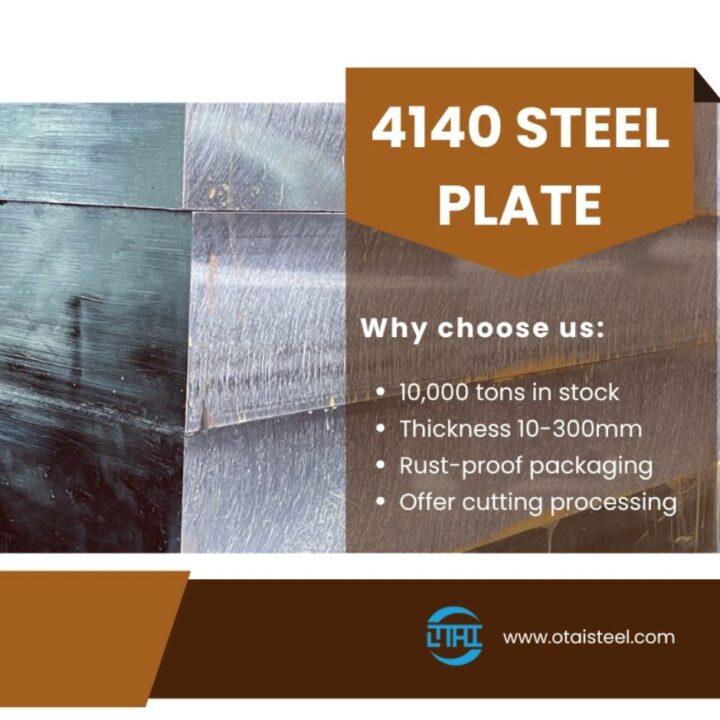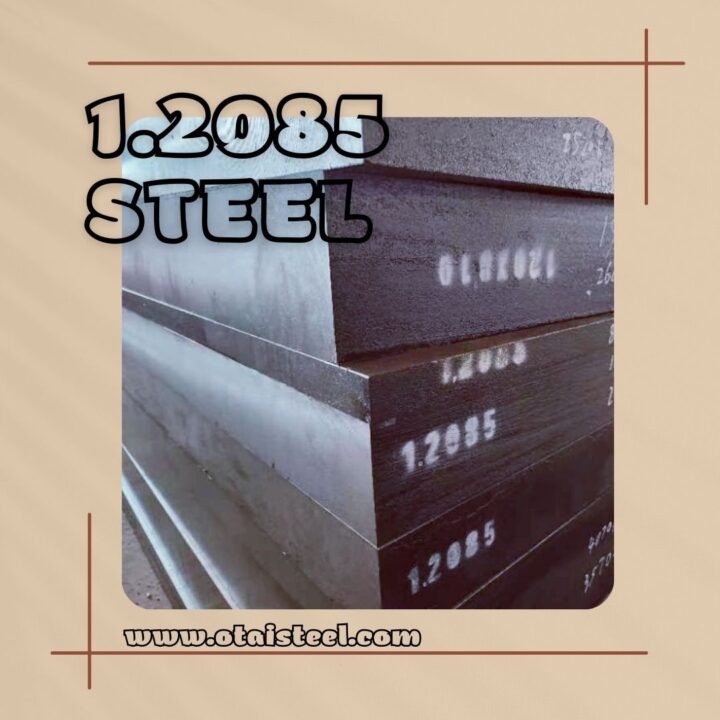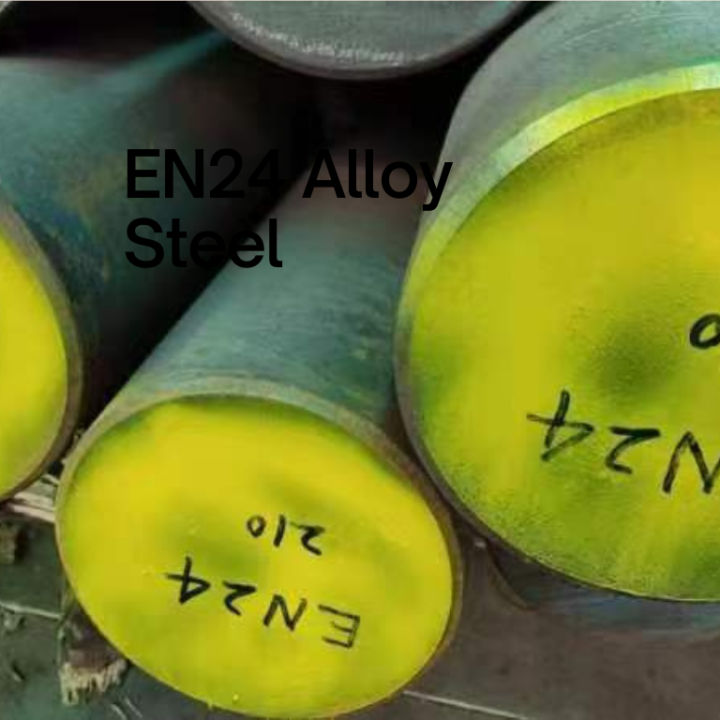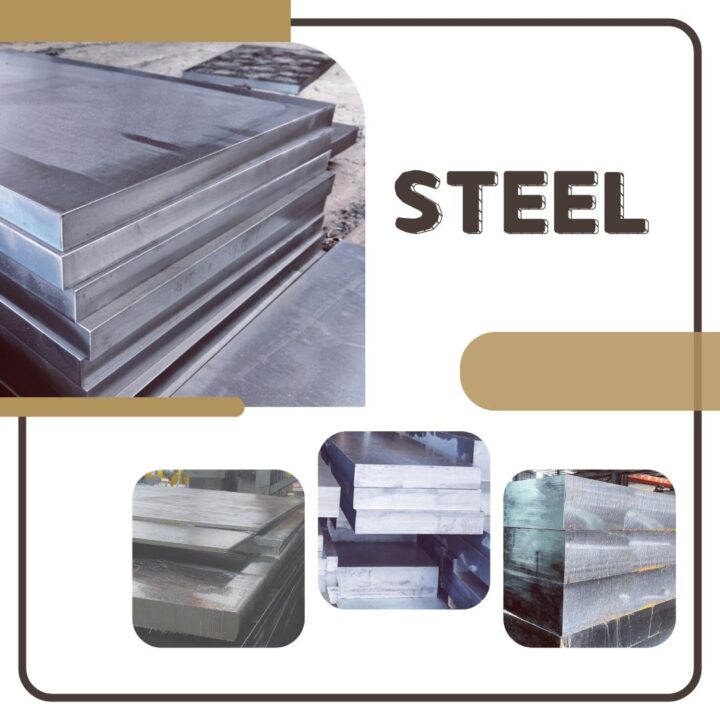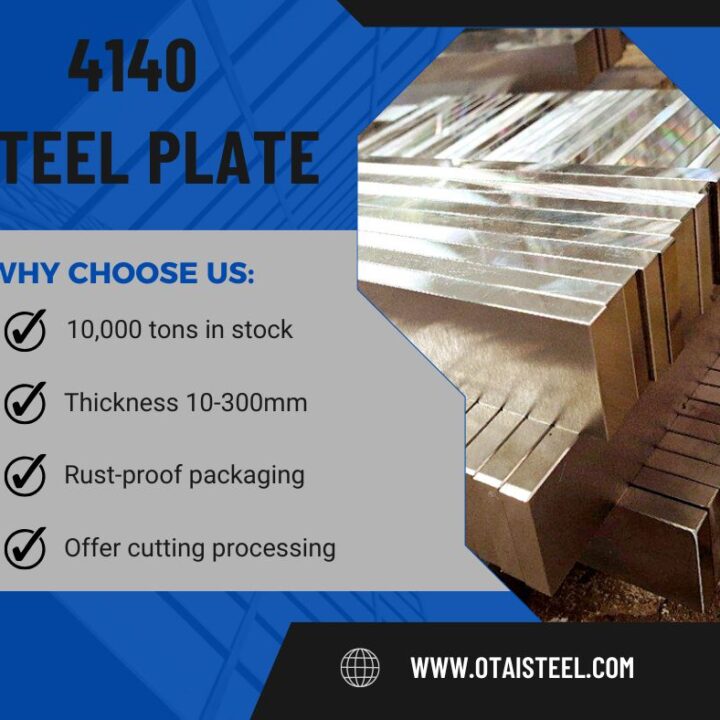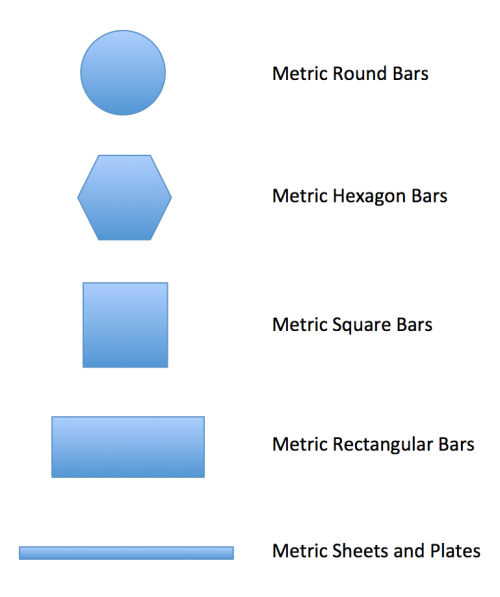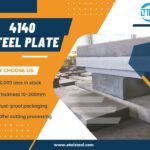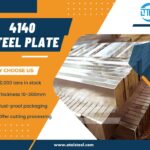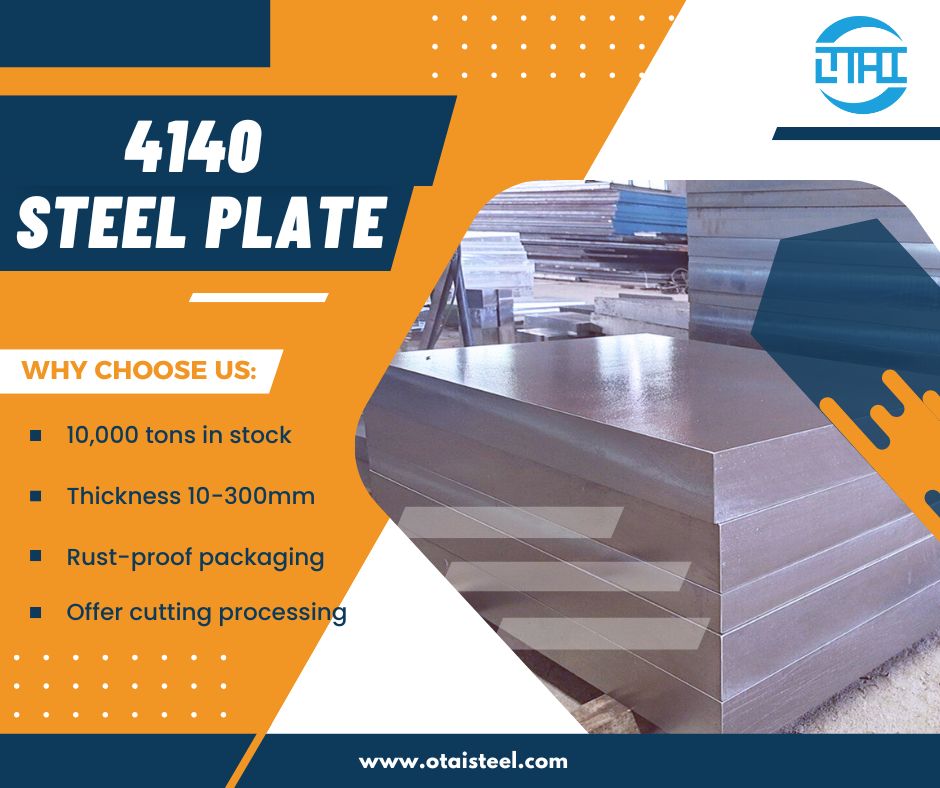 Stress Relieving 4140 Steel – Improve Dimensional Stability & Reduce Cracking Risk
Stress Relieving 4140 Steel – Improve Dimensional Stability & Reduce Cracking Risk
When it comes to high-strength alloy steels like 4140, stress relieving isn’t just a nice-to-have—it’s a must in many critical applications. Whether you’re machining, welding, or heat treating this popular alloy, stress relief heat treatment plays a crucial role in maintaining mechanical integrity and performance. In this article, we’ll explore what stress relieving is, why it matters for 4140, and how to do it right. 🛠️🔥
🔍 What Is Stress Relieving?
Stress relieving is a heat treatment process used to reduce residual stresses in a material that may have developed during cold working, machining, or welding. For 4140 steel, which is often used in hardened and tempered conditions, these stresses can lead to distortion, cracking, or dimensional instability over time.
This process typically involves heating the material to a subcritical temperature, below the transformation range, and holding it for a period of time before cooling it slowly.
📌 Why Is Stress Relieving Important for 4140 Steel?
Because 4140 steel has relatively high carbon and chromium content, it’s particularly sensitive to internal stress buildup. If not relieved, those stresses can manifest in:
-
Unexpected warping during machining
-
Microcracks after welding
-
Reduced fatigue life
-
Dimensional instability in service
That’s why many manufacturers opt for stress relieving after quenching and tempering 4140 steel, especially in high-precision or high-load parts.
🔧 Recommended Stress Relieving Procedure for 4140
The ideal stress relieving temperature for 4140 steel typically ranges between 540°C and 650°C (1000°F–1200°F). The part is held at temperature for 1 hour per inch of thickness, then cooled in still air.
Here’s a quick reference table:
| Parameter | Recommended Value |
|---|---|
| Stress Relieving Temp | 540–650°C (1000–1200°F) |
| Holding Time | ~1 hour per inch of thickness |
| Cooling Method | Slow air cooling |
| Atmosphere | Open air or protective atmosphere |
This treatment reduces residual stress without significantly affecting the mechanical properties of 4140 steel, such as hardness or tensile strength.
🧪 Effects of Stress Relieving on Mechanical Properties
While stress relieving 4140 steel doesn’t drastically change its hardness or strength, it does help improve:
-
Dimensional stability
-
Machinability
-
Resistance to cracking after welding or grinding
-
Fatigue resistance
Let’s compare before and after:
| Property | Before Stress Relief | After Stress Relief |
|---|---|---|
| Internal Stress Level | High | Low |
| Dimensional Stability | Unpredictable | Stable |
| Weld Crack Risk | High | Reduced |
| Fatigue Life | Standard | Improved |
💡 When Should You Stress Relieve 4140?
Here are common scenarios where stress relief is strongly recommended:
-
After rough machining of large 4140 forgings
-
Before or after welding 4140 steel
-
After cold forming or bending
-
Before precision grinding or EDM
-
Prior to final machining of critical tolerance parts
🛠️ Tips for Successful Stress Relief
-
Pre-clean the part to remove oils and surface contamination.
-
Ensure uniform heating to avoid thermal gradients.
-
Use temperature-controlled furnaces with good circulation.
-
Do not exceed 650°C to avoid altering microstructure.
-
Always consult your metallurgist for critical parts!
🌍 Variations Across Standards
Did you know that the stress relieving procedure for 4140 steel can vary slightly based on the form (bar, forging, plate) and standard (ASTM, DIN, JIS)?
Here’s a brief comparison:
| Standard | Typical Temp (°C) | Notes |
|---|---|---|
| ASTM A829 | 540–620 | Widely used for bar and forging stock |
| DIN 42CrMo4 | 550–650 | Similar to AISI 4140 properties |
| JIS SCM440 | 550–630 | Preferred in automotive applications |
🏭 Company Advantages – Why Choose Otai Special Steel?
At Otai Special Steel, we specialize in supplying top-quality 4140 alloy steel plates and bars, ready for stress relief or further heat treatment. Here’s what sets us apart:
-
📦 Massive inventory: Over 10,000 tons in stock
-
🔍 Quality assurance: UT, chemical testing, third-party inspection
-
✂️ Value-added services: Cutting, pre-machining, custom packaging
-
🌐 Global supply chain: Trusted by clients in over 60 countries
-
🛎️ Responsive service: Fast quotes, technical support, export expertise
Whether you’re working with pre-hardened 4140 or normalized stock, we can deliver it to your exact specs.
📧 Contact us: jack@otaisteel.com
📱 WhatsApp: +8676923190193
❓ FAQ – Stress Relieving 4140 Steel
Q1: Can I skip stress relieving if I’m going to temper 4140?
A: Tempering and stress relieving are different. Stress relief is done at lower temperatures and doesn’t affect hardness, while tempering softens the structure after quenching. You may need both depending on application.
Q2: Will stress relieving reduce the hardness of 4140?
A: No, not significantly. It helps relieve internal stress without affecting hardness if done below transformation temperatures.
Q3: Is stress relieving necessary for welded 4140 components?
A: Yes! Welding introduces significant residual stresses. Stress relief helps avoid cracking or distortion.
Q4: How do I know if my 4140 part needs stress relieving?
A: If you’re seeing unexpected warping, cracking, or instability during use or machining, stress relief is likely needed.
Q5: Can Otai provide stress-relieved 4140 material?
A: Absolutely. We offer stress-relieved, normalized, and pre-hardened 4140 plates and bars, fully traceable and certified.

